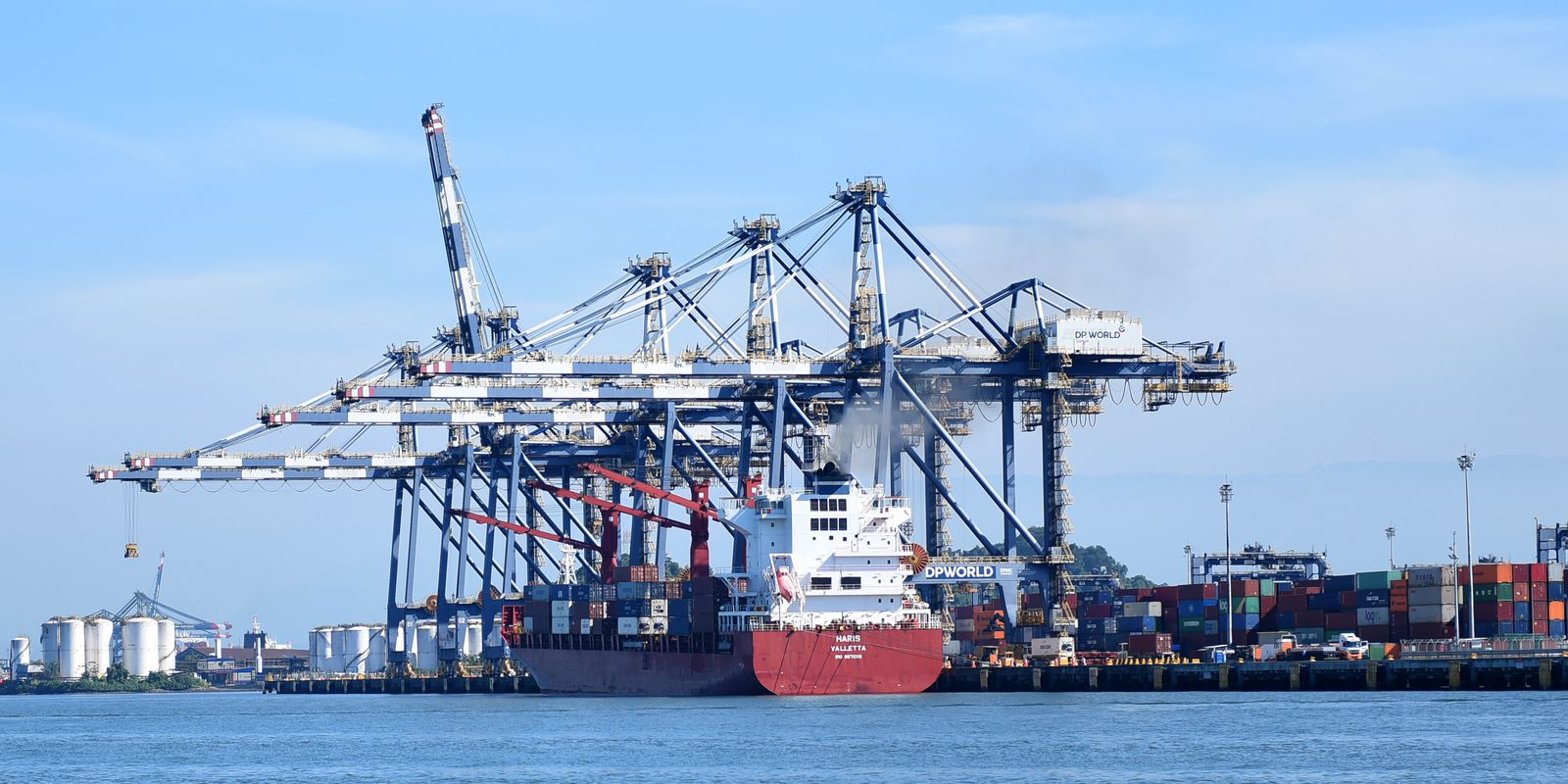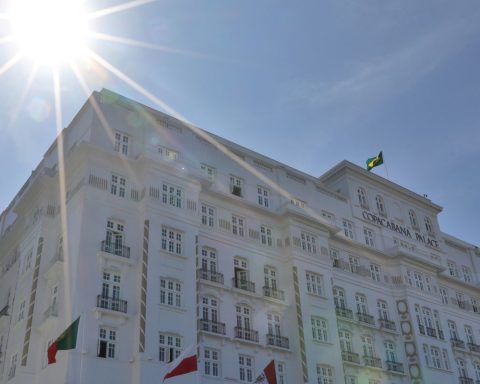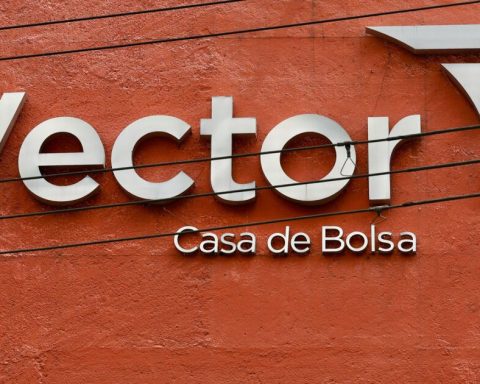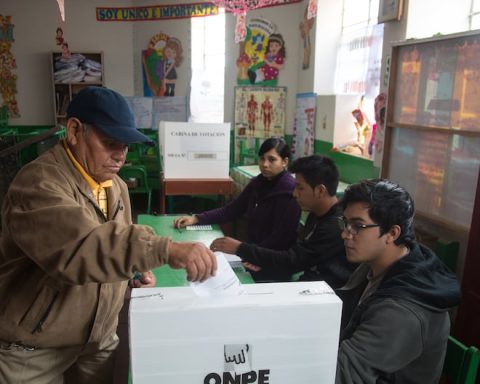The fall in the international price of iron and the increase in fertilizer and oil prices caused the trade surplus to shrink in August. Last month, the country exported US$ 4.165 billion more than it imported – a 48% drop compared to August last year.
From January to August this year, the trade balance accumulates a surplus of US$ 44.054 billion. This represents 15.8% less than that recorded from January to August of last year. Despite the decline, the balance is the second best in history for the period, losing only to the first eight months of 2021, when the surplus had closed at US$ 52.039 billion.
Last month, Brazil sold US$ 30.84 billion abroad and bought US$ 26.675 billion. Both imports and exports hit a record in August, since the beginning of the historical series, in 1989. Exports rose 18.4% in relation to August last year, according to the daily average criterion. Imports, however, increased at a faster pace: 31.5% in the same comparison.
In the case of exports, the record is due more to the increase in shipments than in the international prices of goods than in the volume traded. Last month, the volume of exported goods rose by an average of 8% compared to August last year, while average prices increased by 5.3%. The deceleration in prices was driven by iron ore, whose price fell by 52.6% in the same comparison, and by semi-finished iron or steel products, whose price dropped by 14.3%.
In imports, the quantity purchased rose 14.9%, but average prices rose 20.5%. The rise in prices was mainly driven by manures, fertilizers, oil, natural gas, coal and wheat, items that became more expensive after the start of the war between Russia and Ukraine.
sectors
When comparing the agricultural sector, the increase in international prices weighed more on exports. The volume of goods shipped rose 10.7% in August compared to the same month in 2021, while the average price rose 31.3%. In the manufacturing industry, the amount exported rose 15.7%, with the average price increasing 13.9%.
In the extractive industry, which includes the export of minerals and oil, the amount exported fell 6.6%, while average prices dropped 22% in relation to August last year. Although the average price of crude oil rose by 28.6% in this comparison, the price of iron ore fell by 52.6%, driven by lockdowns (confinements) in China, which reduced international demand.
The most prominent products in agricultural exports were unground corn, except sweet corn (+136.8%), unroasted coffee (+24.2%) and soybeans (+16.6%) in agriculture. The negative highlight was raw wood, whose exports dropped 54% from August last year to August this year.
In the mining and quarrying industry, the biggest increases were registered in exports of crude mineral oils (+64.7%), other ores and concentrates of base metals (+33.7%) and crude oil (+10.6%). In the manufacturing industry, the biggest increases occurred in fuels (+76.8%) and passenger cars (+100.7%).
As for imports, the biggest increases were registered in the following products: unmilled barley (+1,133%), unmilled corn (+86%) and unmilled wheat and rye (+37.8%), in agriculture; crude oil (+174%) and non-agglomerated coal (+79.6%), in the extractive industry; and fuels (+65.1%) and processed chemical fertilizers or fertilizers (+51.8%) and cathode valves (+65.2%), in the manufacturing industry.
Regarding fertilizers, the growth in imports is entirely due to the price, which rose 51.8% in August compared to the same month last year. Imported volumes dropped 22.9% because of the war between Russia and Ukraine.
I estimated
In July, the government had reduced to $81.5 billion the projection of a trade surplus for 2022, due to the increase in the price of oil and fertilizers. Despite the drop in the estimate, this figure would guarantee a record trade surplus for the country. The next estimate comes out in October.
Official estimates are updated every three months. Forecasts are more optimistic than those of the financial market. The Focus bulletin, a survey of market analysts released every week by the Central Bank, projects a surplus of US$ 68.06 billion this year.












![[Video] The ordeal of a wheelchair user to get on the Medellin Metro [Video] The ordeal of a wheelchair user to get on the Medellin Metro](https://latin-american.news/wp-content/uploads/2022/09/Video-The-ordeal-of-a-wheelchair-user-to-get-on-1024x630.jpg)




